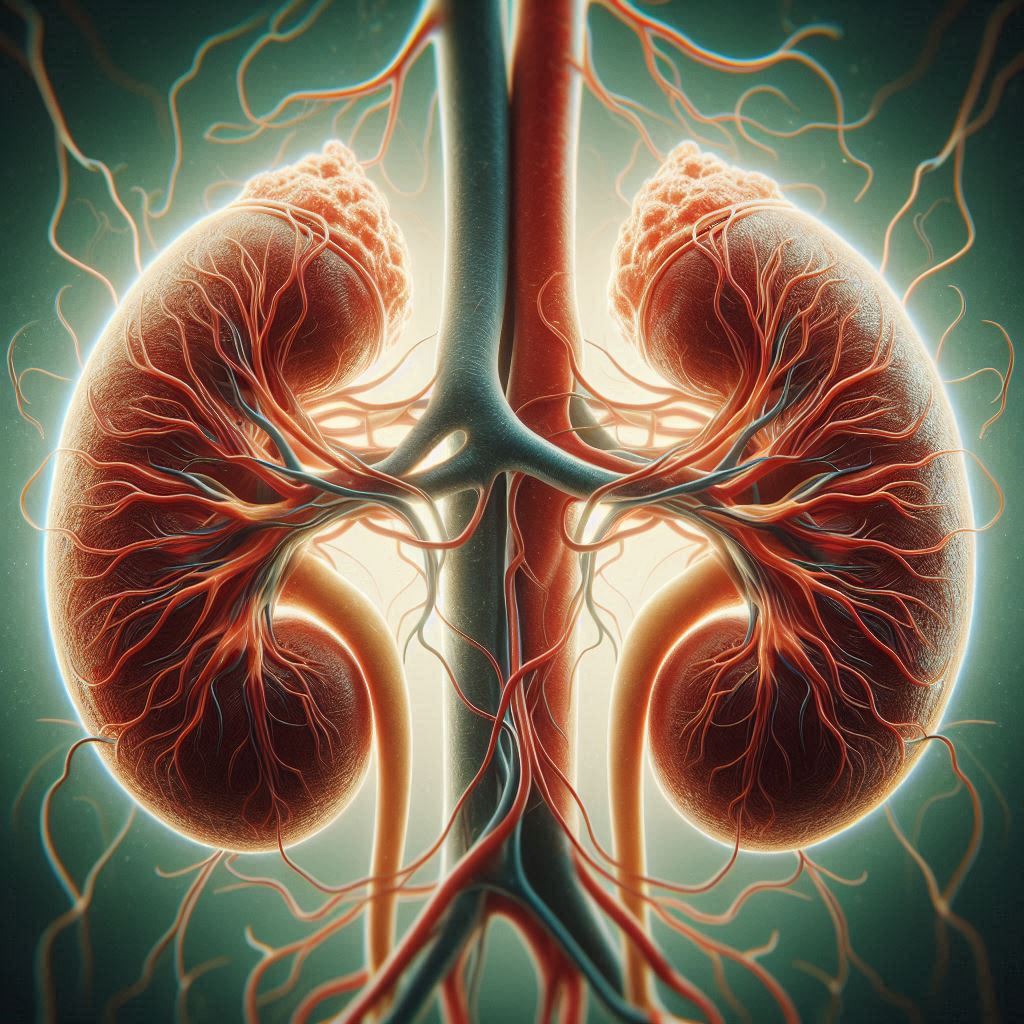Autoimmune hepatitis (AIH), primary biliary cholangitis (PBC), and primary sclerosing cholangitis (PSC) are distinct chronic liver diseases with different etiologies, clinical features, diagnostics, and treatments. Below is a concise comparison:
1. Autoimmune Hepatitis (AIH)
- Definition: An autoimmune liver disease characterized by immune-mediated destruction of hepatocytes.
- Etiology: Unknown trigger; genetic predisposition (HLA-DR3, DR4); more common in women.
- Clinical Features:
- Fatigue, jaundice, abdominal pain.
- Can present acutely or chronically; may progress to cirrhosis.
- Associated with other autoimmune diseases (e.g., thyroiditis, rheumatoid arthritis).
- Diagnostics:
- Elevated liver enzymes (ALT, AST > ALP).
- Positive autoantibodies: ANA, SMA, anti-LKM1.
- Elevated IgG levels.
- Liver biopsy: Interface hepatitis, lymphoplasmacytic infiltrates.
- Treatment:
- Immunosuppression: Corticosteroids (prednisone) ± azathioprine.
- Maintenance therapy to prevent relapse.
- Prognosis: Good with treatment; untreated can lead to cirrhosis or liver failure.
2. Primary Biliary Cholangitis (PBC)
- Definition: A chronic cholestatic disease due to immune-mediated destruction of small intrahepatic bile ducts.
- Etiology: Autoimmune; strongly associated with antimitochondrial antibodies (AMA); predominantly affects middle-aged women.
- Clinical Features:
- Fatigue, pruritus (itching), jaundice (late).
- Sicca syndrome, hyperlipidemia, osteoporosis.
- Associated with autoimmune diseases (e.g., Sjögren’s, scleroderma).
- Diagnostics:
- Elevated ALP, GGT; mild bilirubin increase (late).
- AMA positive in 95% of cases; ANA may be present.
- Liver biopsy (if needed): Nonsuppurative cholangitis, granulomas.
- Treatment:
- Ursodeoxycholic acid (UDCA): Improves liver biochemistries, delays progression.
- Obeticholic acid for UDCA non-responders.
- Symptomatic treatment for pruritus (cholestyramine).
- Prognosis: Slowly progressive; can lead to cirrhosis. Liver transplant for end-stage disease.
3. Primary Sclerosing Cholangitis (PSC)
- Definition: A chronic cholestatic disease with inflammation and fibrosis of intra- and extrahepatic bile ducts, leading to strictures.
- Etiology: Unknown; likely immune-mediated; strong association with inflammatory bowel disease (IBD, especially ulcerative colitis); more common in men.
- Clinical Features:
- Fatigue, pruritus, jaundice, recurrent cholangitis.
- May be asymptomatic initially, detected via abnormal LFTs.
- Increased risk of cholangiocarcinoma (10-15%).
- Diagnostics:
- Elevated ALP, GGT; bilirubin may rise with progression.
- MRCP/ERCP: “Beaded” bile ducts (strictures and dilatations).
- Autoantibodies: p-ANCA positive in 70%; AMA negative.
- Liver biopsy (if needed): Periductal fibrosis (“onion-skinning”).
- Treatment:
- No specific therapy; UDCA may improve LFTs but no survival benefit.
- Manage complications (e.g., stents for strictures, antibiotics for cholangitis).
- Liver transplant for end-stage disease or cholangiocarcinoma.
- Prognosis: Progressive; median transplant-free survival ~10-20 years.
Key Differences
| Feature | AIH | PBC | PSC |
| Target | Hepatocytes | Small bile ducts | Large intra/extrahepatic bile ducts |
| Demographics | Women > Men, any age | Middle-aged women | Men > Women, younger (30-40) |
| Autoantibodies | ANA, SMA, LKM1 | AMA (95%) | p-ANCA (70%) |
| Liver Enzymes | AST/ALT ↑↑ | ALP/GGT ↑↑ | ALP/GGT ↑↑ |
| Imaging | Normal | Normal | Beaded ducts (MRCP/ERCP) |
| Associations | Autoimmune diseases | Sjögren’s, thyroiditis | IBD (70-80%) |
| Cancer Risk | Hepatocellular carcinoma (HCC) | HCC (late) | Cholangiocarcinoma |
| Treatment | Immunosuppression | UDCA, obeticholic acid | Supportive, transplant |
Summary
- AIH is a hepatocellular autoimmune disease treated with immunosuppression.
- PBC affects small bile ducts, is AMA-positive, and responds to UDCA.
- PSC involves large bile ducts, is linked to IBD, and has no definitive therapy but a high cholangiocarcinoma risk.
For precise diagnosis, a combination of serology, imaging, and sometimes biopsy is required. Treatment focuses on slowing progression and managing complications, with liver transplantation as an option for end-stage disease in all three.

Leave a Reply